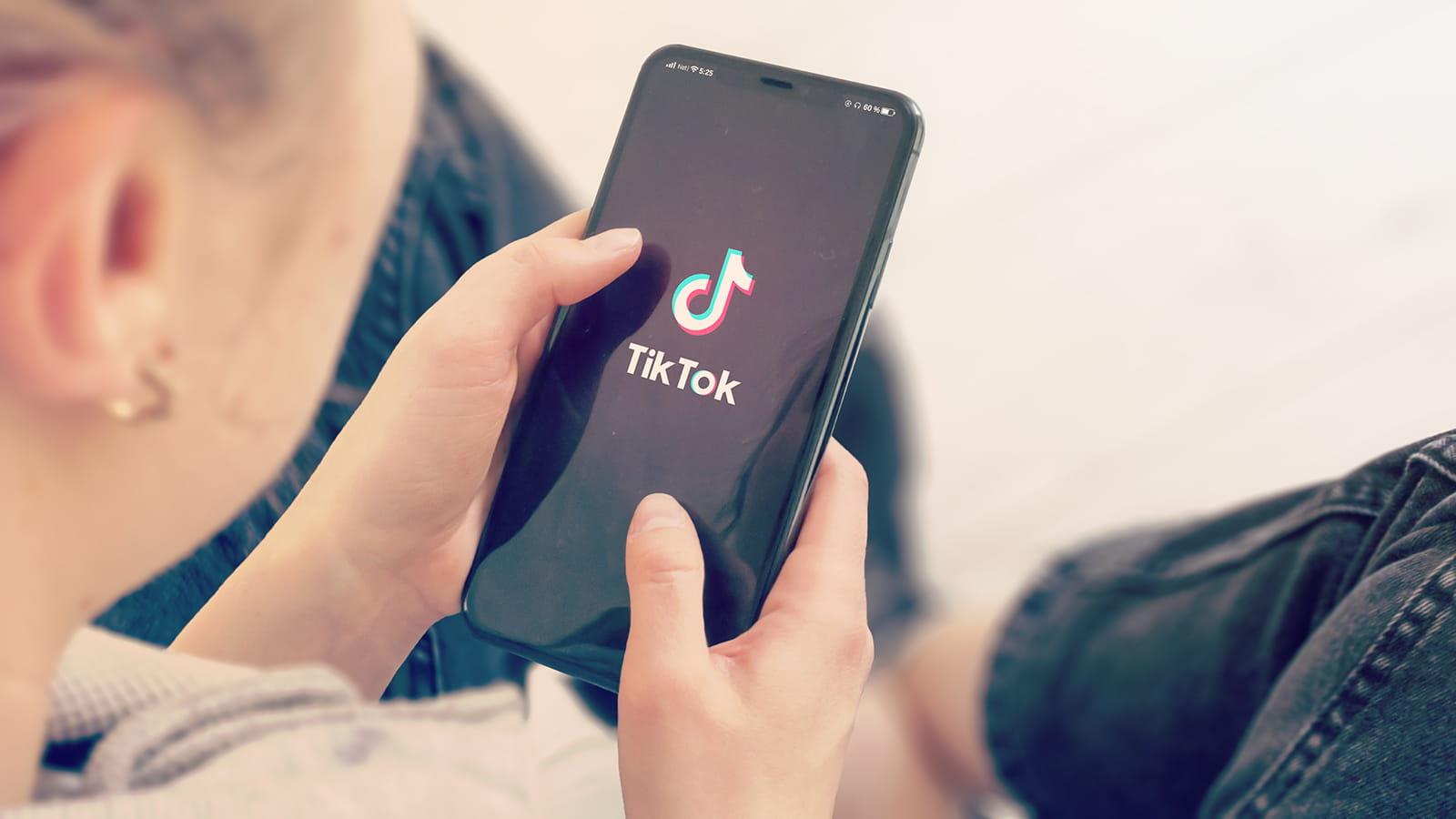
- Drexel Environmental Collaboratory Releases Cross-Sector Findings on Severe Weather Recovery Challenges
- Drexel Launches the Manuel Stamatakis Center for Alternative Investments at the LeBow College of Business
- How and When Could AI Be Used in Emergency Medicine?
- Faculty Highlights: Recent Awards and Grants

While social media can be a great resource for connecting with others, it can also quickly and easily spread misleading or inaccurate information in mass. Social media platforms, especially the popular TikTok app, have allowed information about autism to become more accessible. However, researchers and others in the autistic community have voiced concerns about the unfiltered nature of some of the content. Researchers from Drexel University’s A.J. Drexel Autism Institute have examined the reach and accuracy of TikTok videos providing informational content about autism and found that most of the information provided does not align with current clinical knowledge.
Recently published in the Journal of Autism and Developmental Disorders, researchers examined engagement indicators – including views and "likes" – for the TikTok videos associated with the “Autism” hashtag. Two coders independently fact-checked content of the most viewed videos from the #Autism videos as of July 2022, with a focus on videos that provided information on autism as a condition, such as what causes it or how to identify it. Videos were coded as either accurate, inaccurate or 'overgeneralization' based on the consistency of the information in the videos with current knowledge on autism. Videos sharing information about personal experience were not coded in this study.
“We chose to study TikTok because of its popularity – it surpassed 2 billion mobile downloads worldwide by 2020 and was ranked the most popular website of 2021,” said Giacomo Vivanti, PhD, an associate professor in the Autism Institute and co-author of the study.
In the study, videos associated with the #Autism accrued 11.5 billion views collectively. An examination of the top 133 videos providing informational content on autism, which totaled 198.7 million views and 25.2 million “likes,” showed that 27% of the videos were classified as accurate, while 41% were classified as inaccurate and 32% as overgeneralized. There were no significant differences in engagement between accurate and inaccurate/overgeneralized videos. Videos created by healthcare professionals were more likely to include accurate information.
“Given the reach of TikTok autism content, it’s important that stakeholders in autism community, including autistic individuals, family members, and clinicians interfacing with autism, are aware of the unfiltered nature of the information presented,” said Elisabeth Sheridan, PhD, director of Clinical Core, associate professor in the Autism Institute and co-author of the study.
The researchers found that similar to other social media channels, TikTok can bias understanding about autism in two ways. First, by providing blatant misinformation – for example, claiming that a certain product can “cure autism,” with the intent of selling the product. And secondly, by overgeneralizing an individual experience to the entire autism spectrum and not representing the entire spectrum of manifestations within the autistic population.
“Many autistic individuals and their families have expressed concerns related to harmful autism misinformation videos shared on TikTok (e.g., anti-vaccination myths),” said Sheridan. “Social media platforms also provide a space for individuals to shared lived experience and find community with others. Given the reach of these videos, we hope future studies will continue to explore the affect social media has for autistic individuals and their families.”
Because the research team concluded most of the information provided on TikTok appears to be misaligned with current clinical knowledge, it is important for health care providers and other professionals to be aware of the autism-related content being shared on TikTok so that they can better engage with the large community of TikTok users.
“It is important to monitor and fight misinformation that can damage those on the autism spectrum and their families. But it is also important for the scientific community to gain perspective on how autism and how current approaches to autism are perceived and experienced by the large community of TikTok users,” said Vivanti. “This would help us address the gaps that lead people to search for answers on TikTok in the first place.”
In This Article
Contact
Drexel News is produced by
University Marketing and Communications.